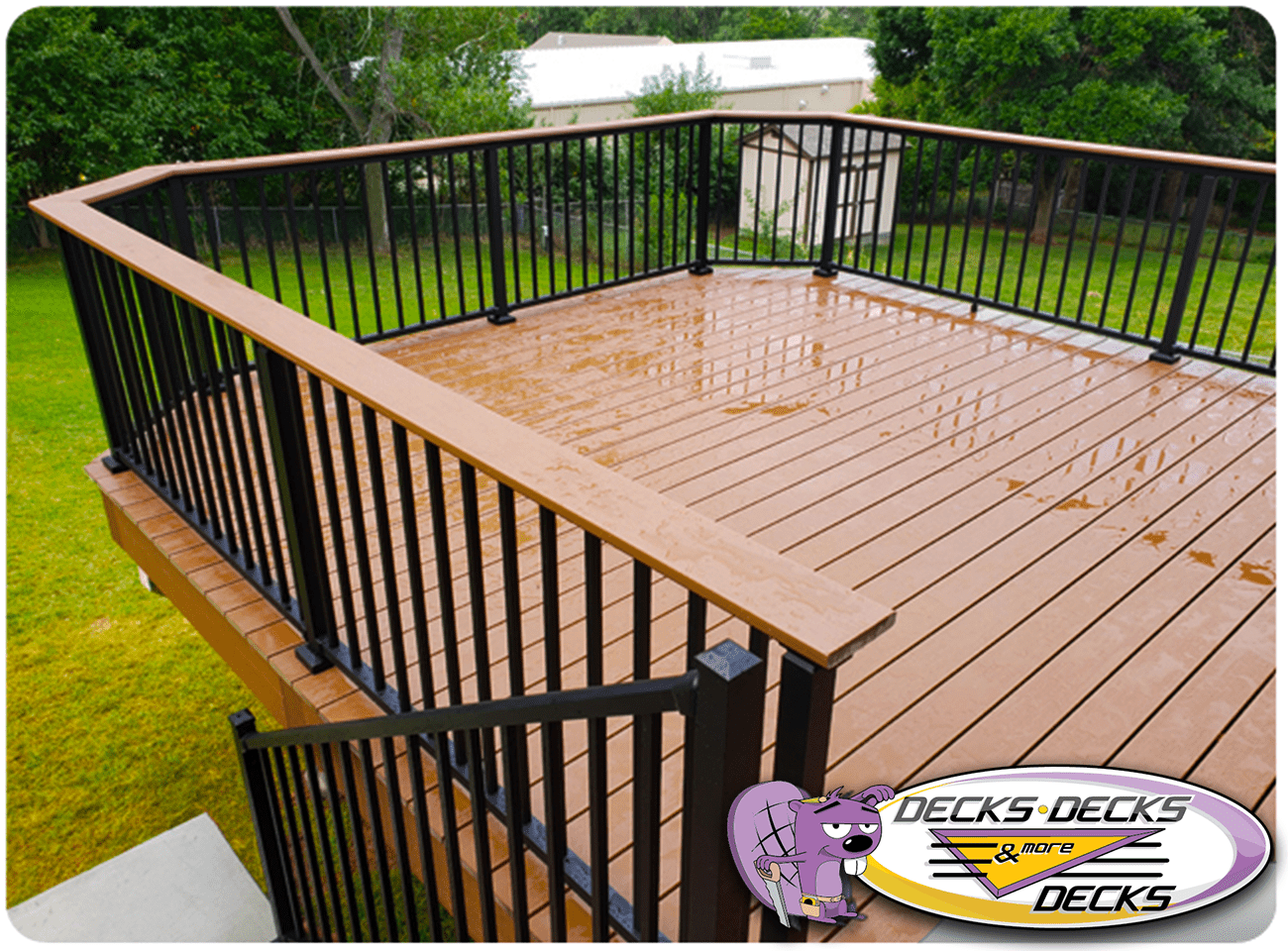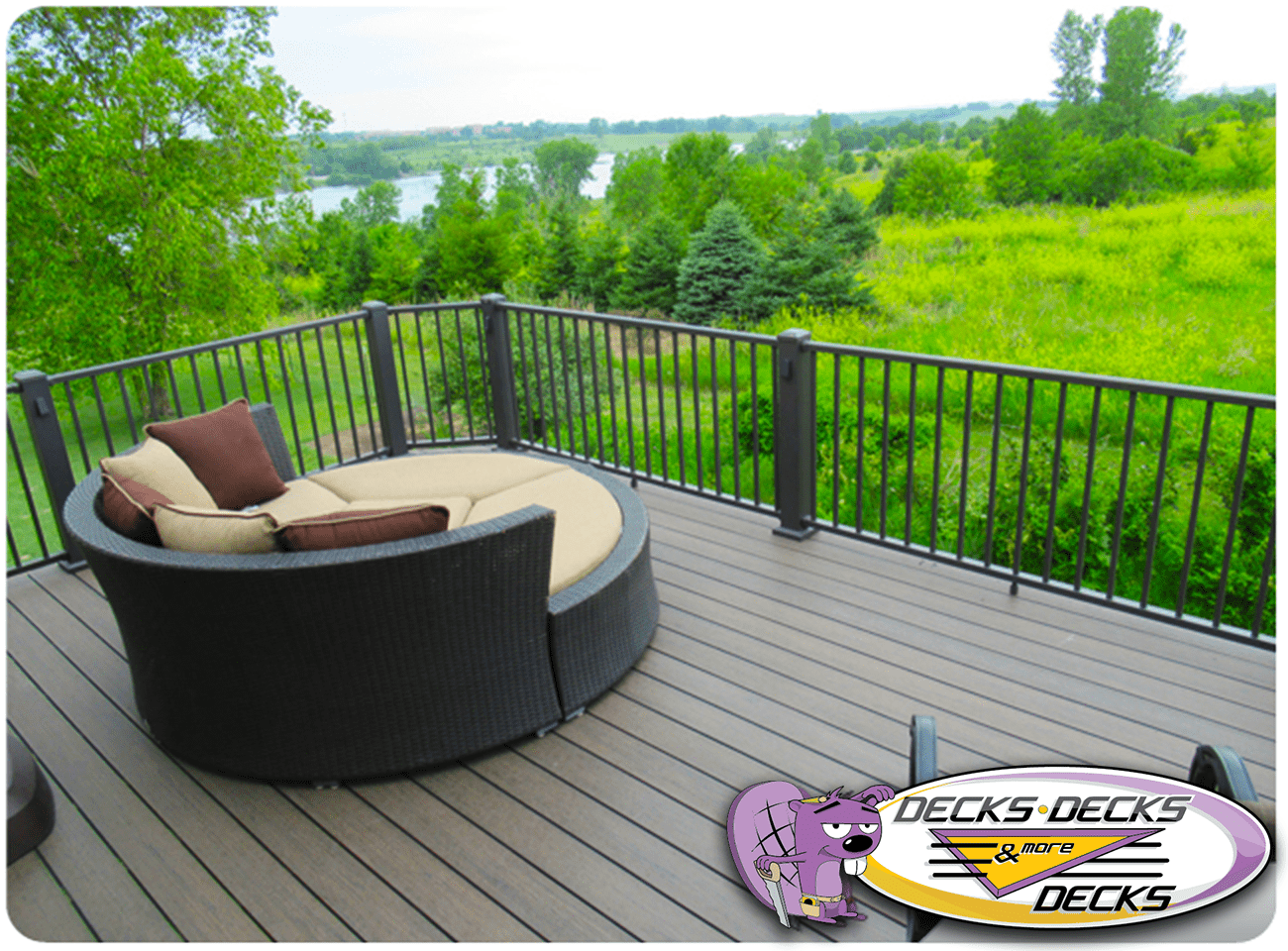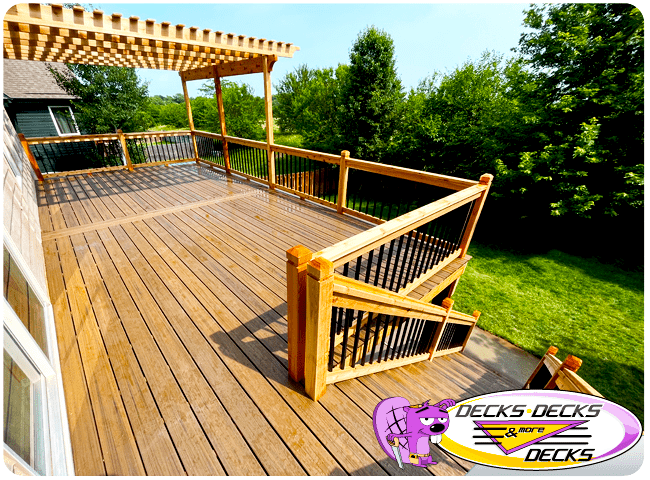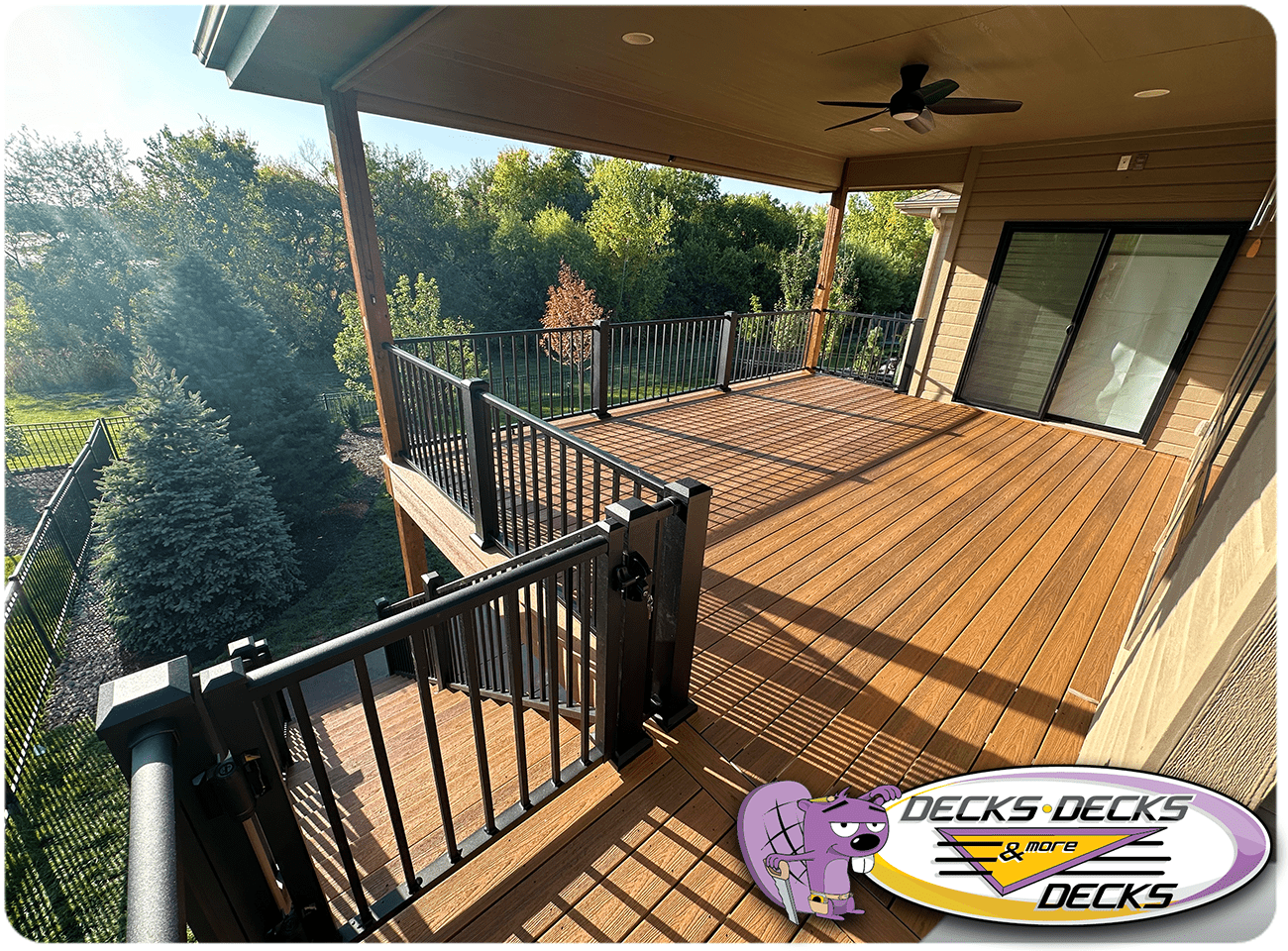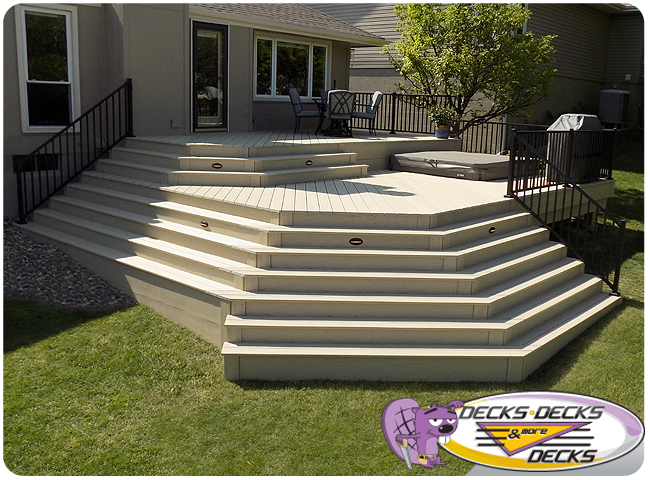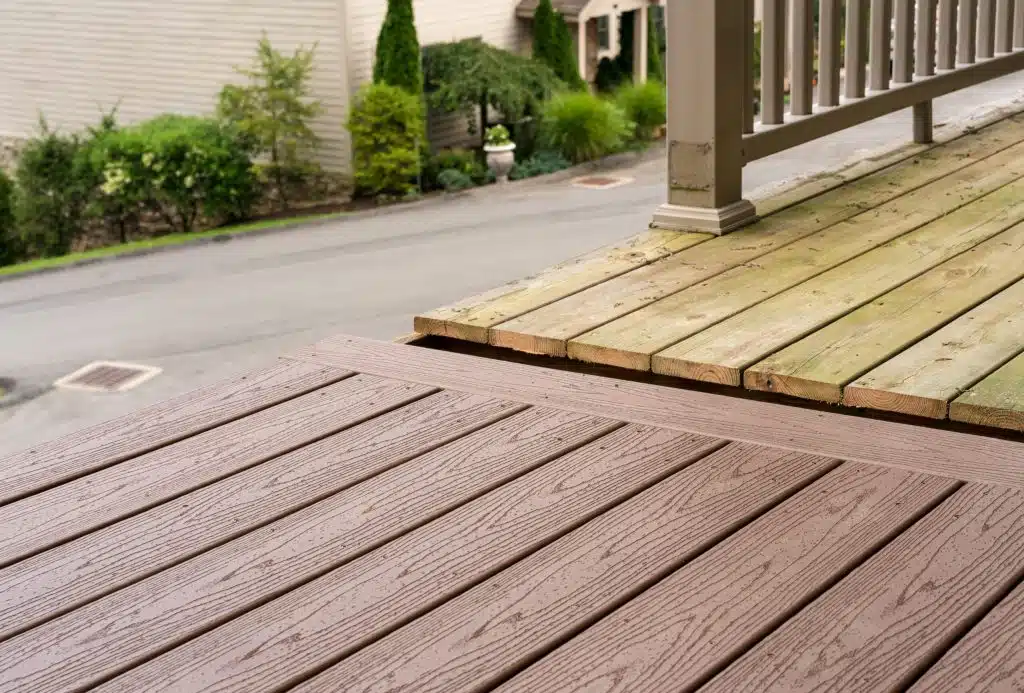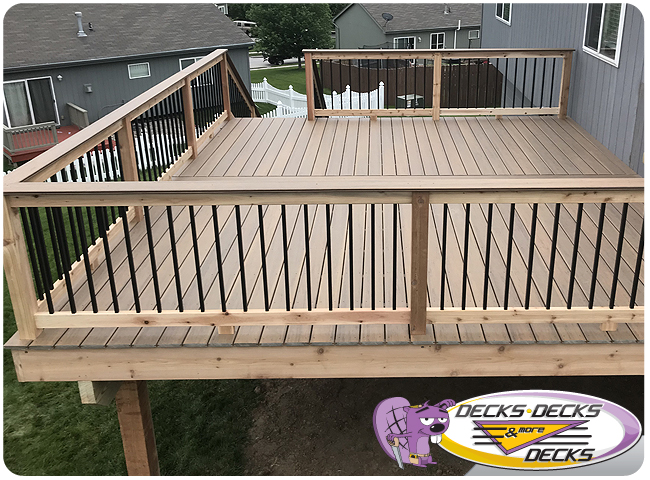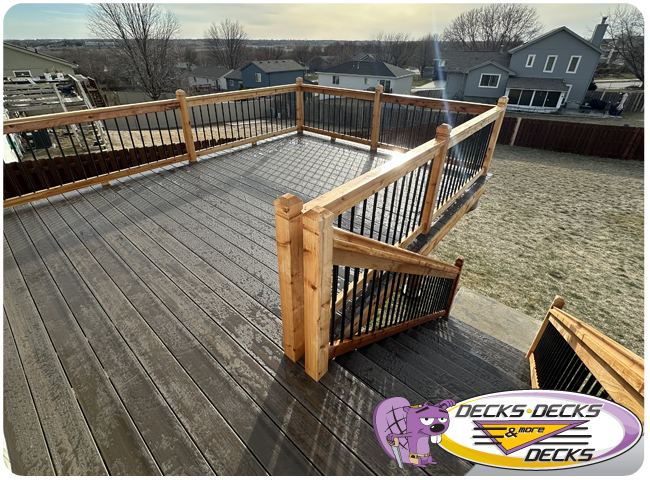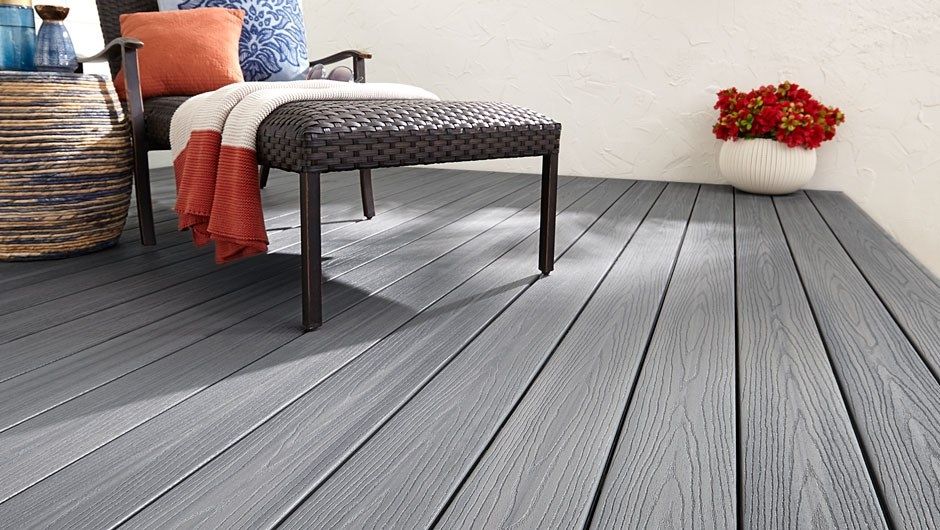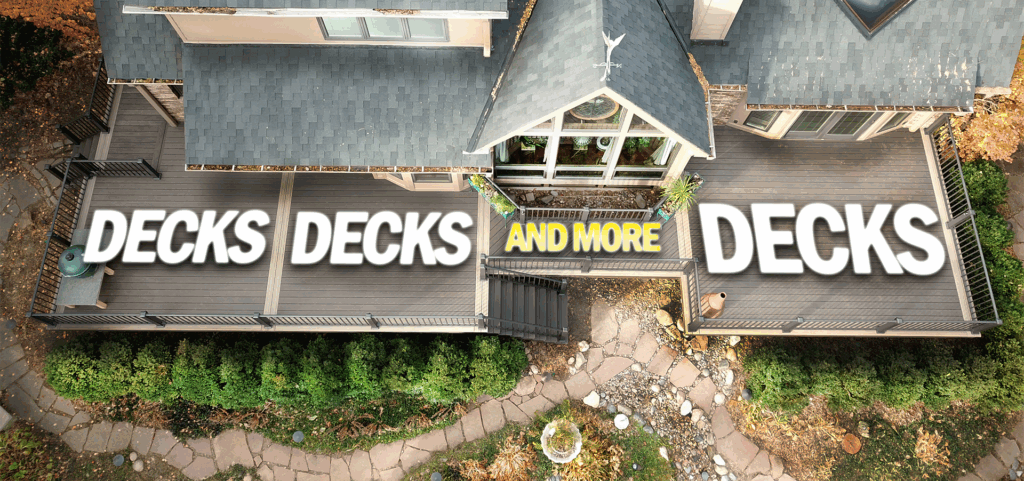Neighborhood Deck Style Trends: What We’re Seeing in Elkhorn, Papillion, and Gretna
When it comes to custom decks, no two neighborhoods are quite the same—and that’s especially true in Elkhorn, Papillion, and Gretna. While each community shares the same Nebraska roots, their homeowners are embracing distinct deck design trends that reflect their unique lifestyles and aesthetics.
At Decks, Decks and More Decks, we’ve built thousands of decks across the Omaha metro, and we’ve noticed some clear style patterns emerging in these fast-growing areas. Whether you’re looking to build new or upgrade your existing deck, here’s what’s trending where:
Elkhorn: Modern Meets Nature
Elkhorn homeowners are leaning into sleek, modern styles that still feel connected to the natural environment. Here’s what we’re seeing:
-
Clean Lines & Minimalist Railings – Black aluminum or cable railings are a top choice, giving decks a crisp, open look that frames the surrounding views.
-
Neutral Tones – Composite decking in grays, browns, and muted earth tones dominates the color palette, blending effortlessly with modern home exteriors.
-
Built-In Features – Benches, planter boxes, and pergolas with integrated lighting are popular add-ons that keep the deck functional and stylish.

Papillion: Family-Friendly Functionality
Papillion decks are all about maximizing space and comfort for families who love to entertain and enjoy the outdoors:
-
Multi-Level Decks – We’re seeing more raised or tiered deck designs that separate dining, lounging, and kid-friendly zones.
-
Composite & PVC for Low Maintenance – With busy households, homeowners prefer materials like Trex and TimberTech for their durability and ease of care.
-
Privacy & Shade – Lattice skirting, privacy walls, and pergolas with retractable canopies are big in Papillion, where outdoor relaxation is key.
Gretna: Rustic Charm & Custom Touches
Gretna continues to embrace its small-town charm, and deck styles here often reflect a rustic, cozy, and personalized vibe:
-
Cedar Decking with Natural Finishes – While composite is still popular, we’ve noticed more homeowners choosing cedar for its organic texture and warm look.
-
Decorative Post Caps & Lighting – Aesthetic details like solar-powered post lights, decorative balusters, and custom trim give Gretna decks their signature charm.
-
Covered Spaces – Lean-to roofs and fully covered decks are in demand for year-round use and protection from the elements.
Final Thoughts
Each of these neighborhoods has its own take on outdoor living, but one thing’s clear: Omaha-area homeowners love their decks. Whether you’re inspired by the modern style of Elkhorn, the family focus in Papillion, or the cozy charm of Gretna, our team at Decks, Decks and More Decks can bring your vision to life with expert craftsmanship and quality materials.
Ready to explore your custom deck options? Visit our showroom or get a free quote today!
 free estimates: (402) 690-1050
free estimates: (402) 690-1050
